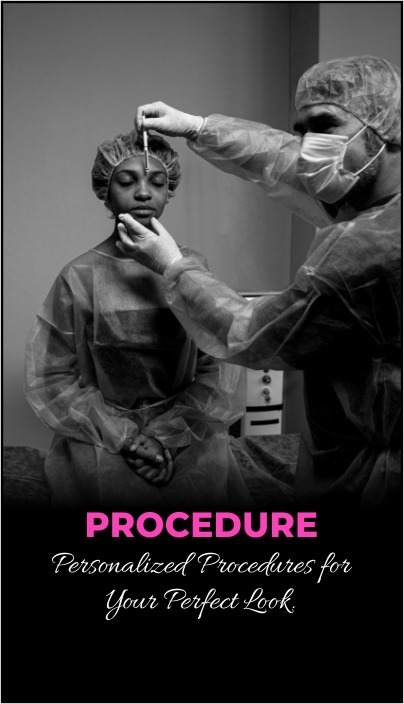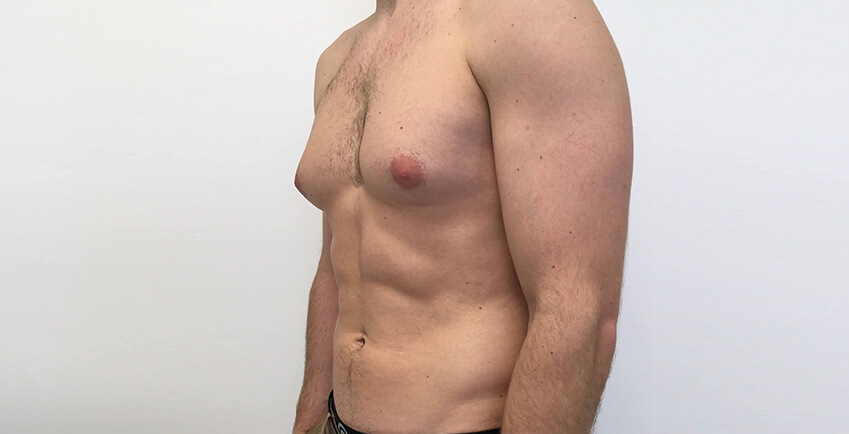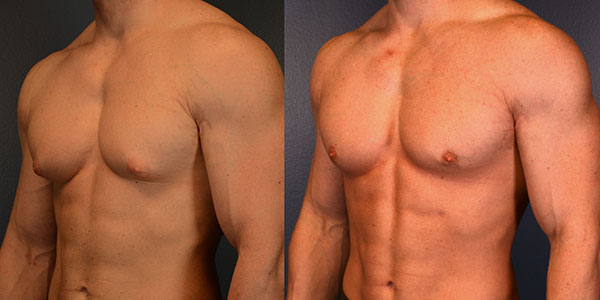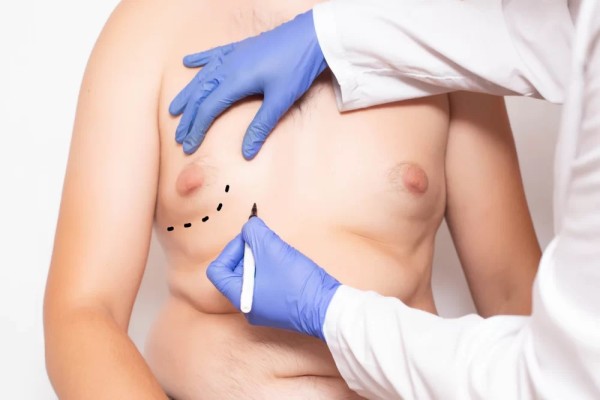

Gynecomastia is a condition of overdeveloped or enlarged breasts in men that can occur at any age. The condition can be the result of hormonal changes, heredity, obesity, or the use of certain drugs. Gynecomastia can cause emotional discomfort and impair self-confidence. Some men may avoid certain physical activities and intimacy simply to hide their condition.
Gynecomastia is characterized by:


Gynecomastia is usually a benign (noncancerous) condition, often linked to hormonal changes. Common causes include:
Gynecomastia surgery reduces breast size in men, flattening and enhancing the chest contours. In severe cases, the weight of excess breast tissue may cause sagging and stretch the areola. The surgery can improve the position and size of the areola and reduce excess skin. This procedure is technically called reduction mammaplasty.
Symptoms may include:
A healthcare provider will take a health history and perform a physical exam. Diagnostic tests may include:
Treatment depends on symptoms, age, and general health. Most cases resolve during puberty. If medication is the cause, stopping the medication may help. In rare cases, surgery may be needed.
To diagnose gynecomastia, your healthcare team will ask about your symptoms and any medications you are taking. A physical exam will be performed to check your breast tissue, stomach area, and genitals.
Gynecomastia often resolves on its own, but treatment may be necessary in some cases:
Medicines used to treat breast cancer and other conditions may be helpful for some adults with gynecomastia. These include:
In the United States, these medicines are approved by the Food and Drug Administration but have not been specifically approved for use in people with gynecomastia.
If gynecomastia does not resolve on its own or with medication, surgery might be considered:
For those with gynecomastia, dealing with enlarged breasts can be stressful and embarrassing. Here are some ways to cope:

Gynecomastia is the enlargement of breast tissue in people assigned male at birth (AMAB). It can occur due to an increase in glandular tissue or, in some cases, excess fat (pseudogynecomastia). It usually occurs during newborn periods, puberty, and older adulthood, and is often caused by hormonal imbalances.
Gynecomastia can affect self-esteem and mental health. Consult with your healthcare provider or a mental health professional if it causes distress or occurs alongside other symptoms.
Gynecomastia often presents as a lump under the nipple, which may be tender and move easily within the breast tissue. In cases of obesity, the enlargement may be due to excess fat rather than a lump. It's important to differentiate it from male breast cancer, which is rarer but requires medical evaluation.
Gynecomastia is not physically harmful but can affect self-esteem and mental health. If you have concerns, consult your healthcare provider for appropriate evaluation and support.
Gynecomastia may be a symptom or result of the following health conditions:
These conditions typically have other symptoms, not just gynecomastia.
Gynecomastia may be a side effect of certain medications, including:
Substances, including amphetamines, marijuana, and heroin, may also cause gynecomastia. Misusing anabolic steroids can, as well.
If gynecomastia needs treatment, your healthcare provider may recommend:
Gynecomastia can be temporary for newborns and adolescents, but chronic cases may require treatment. Exercise may help if gynecomastia is due to obesity but won't affect hormonal imbalances.
Preventing gynecomastia is difficult, but managing medication use and substance use may help reduce risk.
Consult your healthcare provider if gynecomastia is distressing or accompanied by other symptoms. Questions to ask include:
A note from Covai Cosmetic Surgery: If you're uncomfortable with your breast size, consult your healthcare provider. They can help determine the cause and provide guidance on treatment options. For emotional distress, consider speaking with a mental health professional.
Gynecomastia is an increased amount of breast tissue in those assigned male at birth. It is common during adolescence due to hormonal changes, affecting about half of males between 12 and 16. For most, the breast mound flattens within two years without medical intervention. If it persists or causes significant distress, treatment options are available.
Gynecomastia Severity:
Symptoms of gynecomastia include enlarged, tender, or rubbery breast mounds. Causes often include hormonal changes during puberty, genetics, obesity, medications, or drugs. Rarely, gynecomastia can be caused by tumors or genetic disorders like Klinefelter syndrome.
To rule out any underlying disorders or conditions, your child’s physician will:
In most cases, no treatment is needed as the breast gland diminishes during puberty. However, if gynecomastia persists for more than two years without improvement, further evaluation with Adolescent and Young Adult Medicine and Endocrinology may be required to explore other causes, such as hormonal imbalances.
Non-surgical care options for gynecomastia include:
Surgery is considered when no further involution is expected based on the child’s age and development or when excessively large or abnormal breast growth causes pain or interferes with quality of life. Surgical techniques include:
Full recovery from gynecomastia surgery typically takes four to six weeks. Most patients return to school and light activity about a week after surgery. During the first week:
Limit physical activity such as exercising, weightlifting, and sports for four to six weeks after surgery. Specific restrictions will be discussed with the surgical team.
The Adolescent Breast Center at Covai Cosmetic Surgery is dedicated to evaluating and treating breast disorders and conditions in children, teens, and young adults. Our program includes:
We address all physical and psychological aspects of gynecomastia through both surgical and non-surgical treatments.
